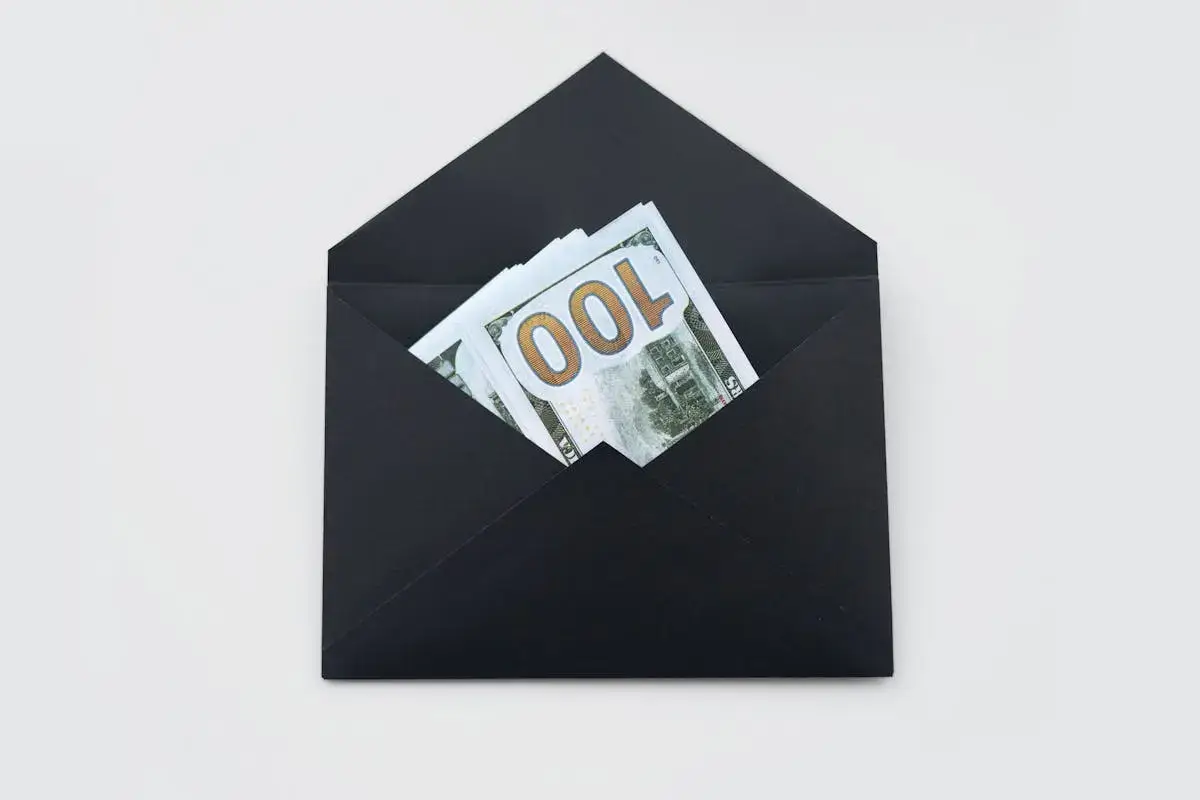
How to Build an Emergency Fund
In today’s world we live in, having a financial safety net is more important than ever. An emergency fund is part of any solid financial plan, a buffer for those unexpected expenses like medical emergencies, car repairs or job loss.
In this post, we’ll go through how to build an emergency fund step by step and be prepared for any financial surprises that come your way.
What is an Emergency Fund?
An emergency fund is a savings account for those unexpected expenses. Unlike a regular savings account where you might withdraw for vacations or planned purchases, an emergency fund is for urgent and unexpected costs. The general rule of thumb is to save enough to cover 3-6 months of living expenses but the amount can vary based on your situation.
Why You Need an Emergency Fund
Before we get into how to build an emergency fund, let’s first understand why it’s important. Life is full of unexpected events and having an emergency fund can help you:
Avoid Debt
An emergency fund can prevent you from taking out high interest loans or using your credit cards in a financial bind. For example, if your car breaks down unexpectedly, you can use the fund to cover the repair costs without adding to your credit card debt. This can save you from high interest rates that compound over time and make it harder to pay off the debt.
Reduce Stress
Financial emergencies can be super stressful especially if you don’t have the means to cover them. Knowing you have a safety net can give you peace of mind and reduce financial anxiety. For example, if you suddenly have a medical emergency, the stress of the situation is multiplied if you don’t have the funds to cover medical bills. An emergency fund can help alleviate some of that stress so you can focus on recovery instead of financial worries.
Increase Financial Stability
An emergency fund can help you maintain your lifestyle during tough times without compromising your financial goals. Whether you lose your job or have a major home repair, having a cushion can prevent you from dipping into your retirement savings or selling investments at a loss.
Steps to Build an Emergency Fund
1. Set Your Savings Goal
The first step in building an emergency fund is to figure out how much you need to save. This will depend on your monthly expenses and financial situation. Here’s how to calculate your target amount:
In order to find your target amount, you can list your monthly expenses including rent or mortgage, utilities, groceries, transportation, etc. After you find the total monthly expenses, you can multiply that amount by 3 or 6.
2. Create a Budget
To find the money to fund your emergency savings, you need to create a budget. Start by tracking your income and expenses. Identify areas where you can cut back, like dining out, entertainment or subscription services. Redirect these funds into your emergency fund.
If you don’t know how to create a budget, this post can help you to do it!
3. Automate Your Savings
One of the best ways to build an emergency fund is to automate your savings. Set up a direct deposit from your paycheck into a separate savings account for emergencies.
Related Topics:
4. Increase Your Income
Consider a side hustle, freelance work or selling items you no longer need to increase your income. This extra income can go entirely into your emergency fund and speed up your savings.
Related Post: 21 Ways to Make Money Fast (Earn $100 or More A Day)
5. Cut Unnecessary Expenses
Go through your budget and cut out any non-essential expenses. This could be cancelling unused subscriptions, eating out less often, or choosing cheaper options for groceries.
DON’T MISS: 8 Simple Ways to Cut Your Expenses by 30%
6. Start Small, Then Increase Contributions
If you can’t save a lot each month, start with a smaller amount. Even saving $50 or $100 a month will add up over time. As your financial situation improves, increase your contributions to your emergency fund.
7. Start Small, Then Increase Contributions
If you can’t save a lot each month, start with a smaller amount. Even saving $50 or $100 a month will add up over time. As your financial situation improves, increase your contributions to your emergency fund.
8. Keep Your Fund Accessible But Separate
Your emergency fund should be easily accessible in case of an emergency but not so accessible that you’re tempted to use it for non-emergencies. A high-yield savings account is a great choice, as it’s easily accessible and earns interest on your savings.
The Bottom Line
An emergency fund is the key to financial security. The sooner you start the better even if it’s with small amounts. Over time your emergency fund will grow and give you the financial freedom.
Start today and give yourself the peace of mind that comes with knowing you’re prepared for whatever life throws at you.
Keep learning, stay curious and take control of your financial life. And don’t forget to read articles in Personal Finance and Financial Literacy section! They’ll really help you improve your financial knowledge!
Hey, also want to read additional resources on budgeting, saving, investing, money management and more. You can check out Investopedia and NerdWallet.